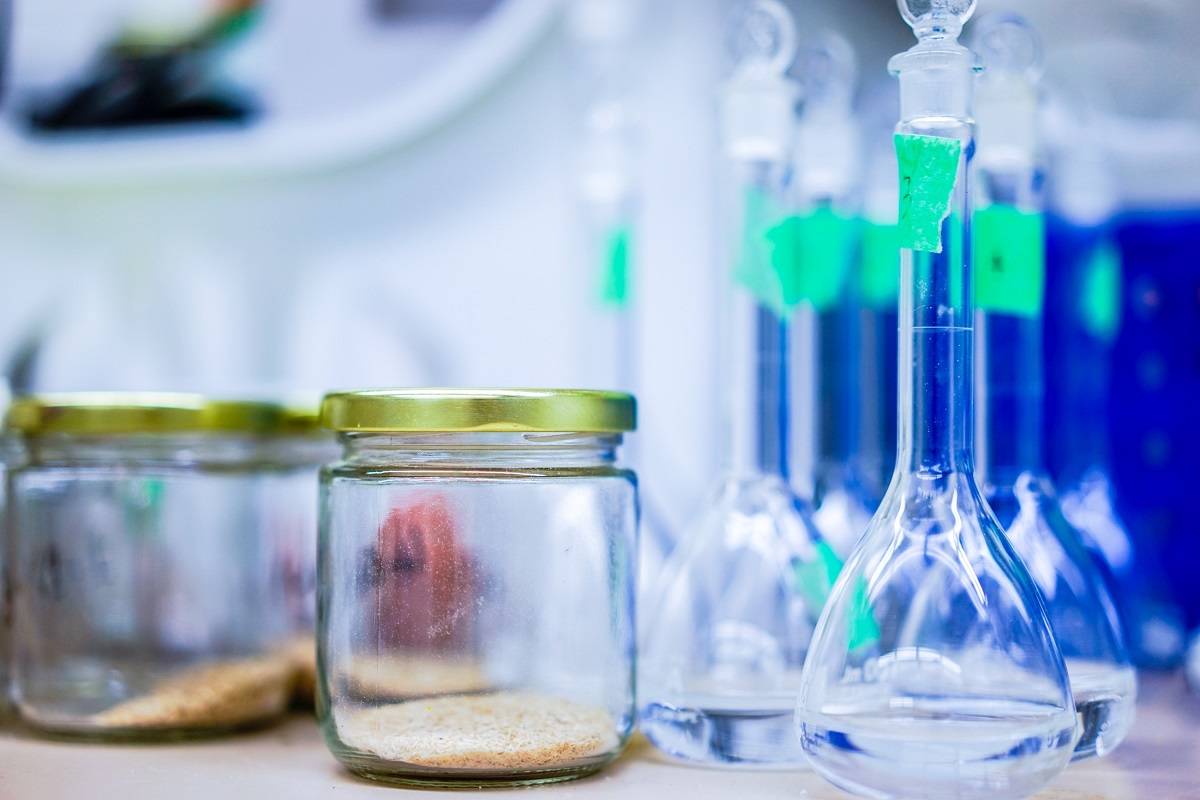A biorepository stores bacterial, human and environmental samples and is critical for research, diagnostic and teaching purposes. Long term storage of some living samples also helps scientists to preserve endangered animal and plant species for posterity.
Since the 1990s, biobanks (a type of biorepository) have become an important resource in medical research, supporting many types of contemporary research like genomics and personalized medicine.
To help achieve R&D goals, a biobank was set up a decade ago for the first time in the country. The Iranian Biological Research Center (IBRC) was established by the Academic Center for Education Culture and Research (ACECR) in 2006.
ACECR which is a public non-government higher education institution (established in 1980) is involved in innovative R&D projects in different fields of science and technology.
“The nascent research center (compared with 30-year-old gene banks in European countries), has managed to reach fairly satisfactory levels of success through its activities,” said Abolhassan Shahzadeh Fazeli, head of the center, ISNA reported.
Expanding Scientific Collaboration
Noting that the center has plans for enhancing international scientific cooperation, he said in line with these plans, IBRC signed a MoU with Italy’s Biodiversity Conservation Center of Cagliari (CCB) in mid-April to conduct joint projects and samples’ exchange. CCB’s mission is to study and conserve plant diversity.
So far, some samples have been purchased from several countries including, Spain, India, Egypt, and Algeria. “We have also exchanged samples with the US and France. The center has received some samples from the two countries and in return we have sent samples from our side.”
In the past few years, the IBRC has met the requirements of 150 educational centers and universities in the country by giving them access to rare genes.
Some of the recent activities of the center include preparation and preservation of 350 cell lines related to endangered animal breeds in the country in animal cell bank, investigating microbiome (the microorganisms in a particular environment) capacity of the Caspian Sea and discovery of different kinds of fungi and algae in lakes and seas.
“The government’s financial contributions have helped us expand our activities and in the past four years, several samples for research have been collected and stored in the bank; however research work suffers from budgetary constraints.”
Four Banks
The IBRC has four banks: in human and animal cells, microorganisms, plant, and molecular banks. “We should take advantage of the wide diversity of the country’s biological resources,” Fazeli said.
Explaining the methods used to store genomes, he said, “Different samples of plant, animal and human cells should be stored as powders and kept under specific conditions. Storage temperatures can vary from 4 C to -196 C for different sample types.
Proper storing methods and monitoring are critical to achieve the optimal viability of stored samples for culture after thawing.”
Some types of samples like living animal samples cannot be simply frozen. To stay viable some special materials must be added to cells before freezing.
Caption: So far, some samples have been purchased from several countries including, Spain, India, Egypt, and Algeria.


